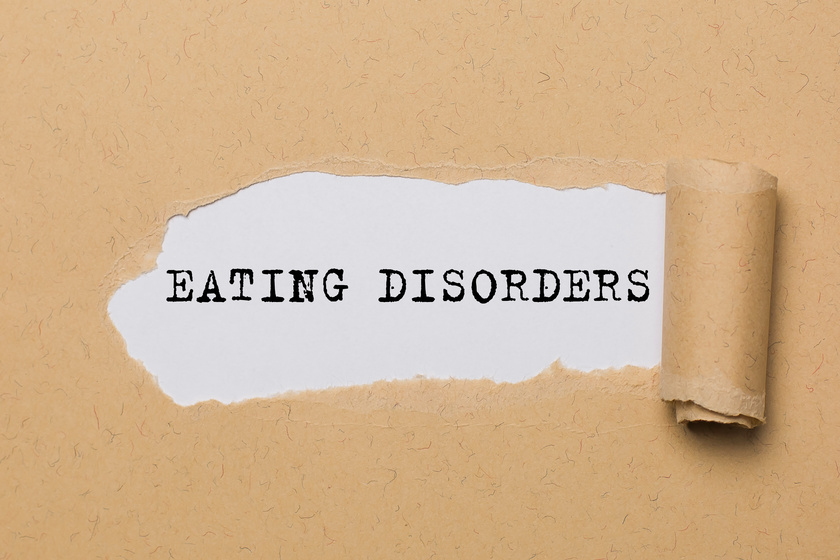Eating disorders aren’t just for teens. We often think that eating disorders are something that only young people deal with, but the truth is that many adults also struggle with disordered eating. It’s estimated that almost 3 million Americans suffer from some eating disorder, and nearly half of those are over 18. Eating disorders in older adults can be complicated to diagnose because they often look different than younger people (more on later). If you have an elderly loved one who has been struggling with their weight lately, or if they’ve lost a significant amount of weight without any medical intervention (such as cancer treatment), it’s essential for you to understand how this could be impacting their health—and what steps you can take next.
Anorexia Nervosa
The intense self-starvation and dramatic weight loss associated with anorexia nervosa make it a serious, sometimes fatal eating condition. Individuals with anorexia nervosa often have a distorted body image, seeing themselves as overweight even when they are thin. People with this disorder may also make people around them feel guilty for eating or not exercising enough.
Anorexia nervosa can affect anyone regardless of sex or age, but it’s most common in young women between the ages of 15 and 25. The causes aren’t clear, but some factors include genetics, family history, depression or anxiety disorders, and cultural expectations about weight and body image. Treatment can include psychotherapy (talk therapy) alone or combined with medication to manage symptoms such as depression or anxiety; however, these treatments are still limited by a lack of research on how effective they are at treating all types of eating disorders.
Bulimia Nervosa
Bulimia Nervosa is an eating disorder characterized by binge eating followed by purging. The purging can take many forms, including self-induced vomiting, laxatives, diuretics, or enemas.
The condition is not a normal part of dieting, and it may be difficult for family members to recognize the signs and symptoms because the person with bulimia will often try to hide what they are doing from loved ones.
Binge Eating Disorder
Binge eating disorder is a less common eating disorder than others, but it can still be troubling. Binge eating disorder occurs when someone eats a large amount of food in a short period of time, often without feeling hungry. The person may eat rapidly and not be aware of what they are doing, or they may feel like they cannot stop themselves from eating even though they want to.
Binge eating disorder generally occurs more often in women than men, although this isn’t always the case. While some people with binge eating disorders will purge after overeating, others do not purge at all or only do so occasionally and rarely after episodes of bingeing.
How to Help
If your loved one is unwilling to get help, it’s okay. You can still help them by encouraging them to eat healthy foods and reminding them of the importance of taking care of their body. Talk with them about how much better they will feel when eating well. If you notice that they have begun losing weight or seem malnourished, it is time for you to step in and get some outside help for yourself. Often these therapists work with patients remotely through Skype sessions, making it easy for those who suffer from anorexia nervosa or bulimia nervosa to receive treatment without leaving their home environment.







